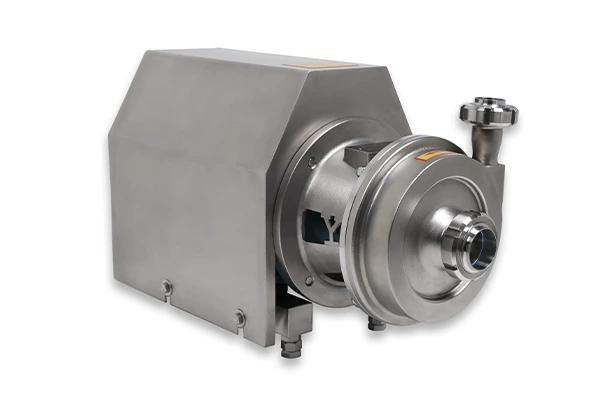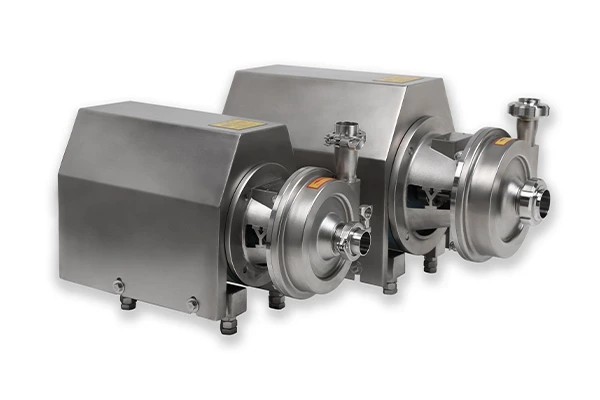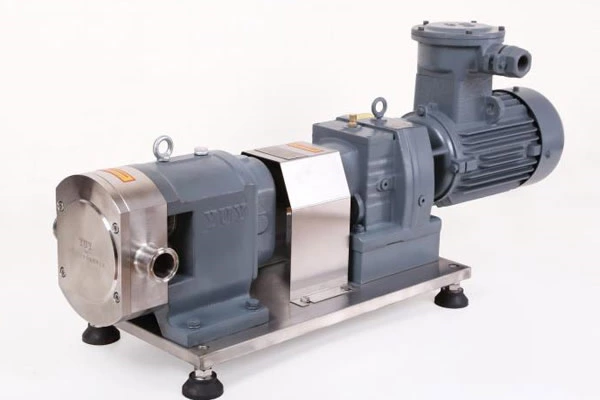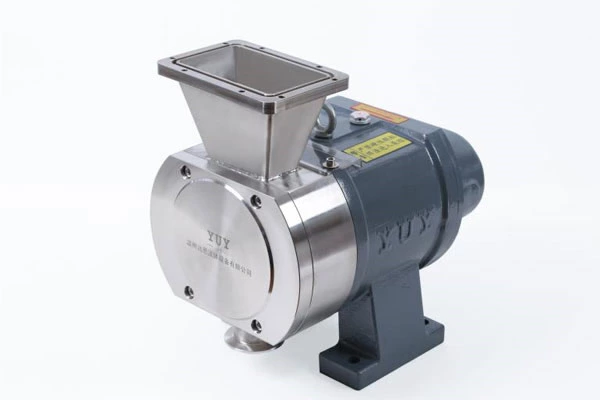Key Points For Installation Of Chemical Pumps
1.Sanitary Centrifugal Pump Installation points The installation position of the water pump should meet the requirements of the allowable vacuum height. The foundation must be horizontal and stable to ensure that the rotation direction of the power machinery is consistent with that of the water pump. When the water pump and the power machine are connected by shaft, the axis must be in the same straight line to prevent vibration and single-sided wear of the bearing during the operation of the unit; if the belt drive is used, the axis of the split pump should be parallel to each other and the belt wheel should be aligned. If there are multiple units in the same machine room, there should be a distance of more than 800mm between the units and between the units and the wall. The water pump suction pipe must be well sealed, and the elbows and gate valves should be minimized. When filling and diverting water, the air should be exhausted. No air should be accumulated in the pipe during operation. The suction pipe is required to be slightly inclined and connected to the water inlet of the water pump. The water inlet should have a certain submergence depth. The reserved holes on the water pump foundation should be cast according to the size of the water pump.
The installation of the pump shall comply with the national standard GB50275-1998 "Construction and Acceptance Specifications for Installation of Compressors, Fans and Pumps".
①This regulation applies to the installation of centrifugal chemical pumps, well pumps, vertical axial flow pumps and guide vane mixed flow pumps, motorized reciprocating pumps, steam reciprocating pumps, metering pumps, screw pumps and water ring vacuum pumps.
②The size, position and elevation of the installation foundation of the pump should be checked and should meet the requirements of the engineering design.
③The unpacking inspection of the pump should meet the following requirements: the parts and components of the pump should be counted according to the provisions of the equipment technical documents, and there should be no missing parts, damage and rust, etc. The pipe mouth protection and plugging cover should be intact; the main installation dimensions of the pump should be checked and should be consistent with the engineering design; the types and specifications of the main parts, seals and gaskets of the pump that transports special media should be checked.
④The parts that have been assembled and adjusted perfectly at the factory shall not be disassembled.
⑤ When the driver is connected to the pump, the alignment shall be based on the axis of the pump. When there is an intermediate machine between the driver and the pump, the alignment shall be based on the axis of the intermediate machine.
⑥ In addition to complying with the provisions of GB50235-1997 "Industrial Metal Pipeline Engineering Construction and Acceptance Specifications", the installation of the pipeline shall also meet the following requirements: the inside and end of the pipe shall be cleaned and debris removed, and the sealing surface and thread shall not be damaged; the suction pipe and the discharge pipe shall have their own brackets, and the pump shall not directly bear the weight of the pipe; the flange end faces connected to each other shall be parallel, and the axis of the threaded pipe joint shall be centered, and the flange bolts or pipe joints shall not be used for forced connection; after the pipeline is connected to the pump, the original alignment accuracy of the pump shall be rechecked, and when it is found that the pipeline connection causes deviation, the pipe shall be adjusted; after the pipeline is connected to the pump, welding and gas cutting shall not be performed on it. When welding and gas cutting are required, the pipeline shall be removed or necessary measures shall be taken, and welding slag shall be prevented from entering the pump; the configuration of the suction and discharge pipes of the pump shall comply with the design regulations, and when there are no regulations, it can be followed. GB50275~1998 Appendix II.
⑦ The pipelines of lubrication, sealing, cooling and hydraulic systems should be cleaned and kept unobstructed; the pressure-bearing parts should be tested for tightness according to the provisions of the equipment technical documents. When there are no regulations, the provisions of the current national standard "Industrial Metal Pipeline Engineering Construction and Acceptance Specifications" should be followed.
⑧ The trial operation of the pump should be carried out after its auxiliary systems have been tested and run normally separately.
⑨ The pump should be tested in the presence of medium, and the test medium or substitute medium should meet the design requirements.











